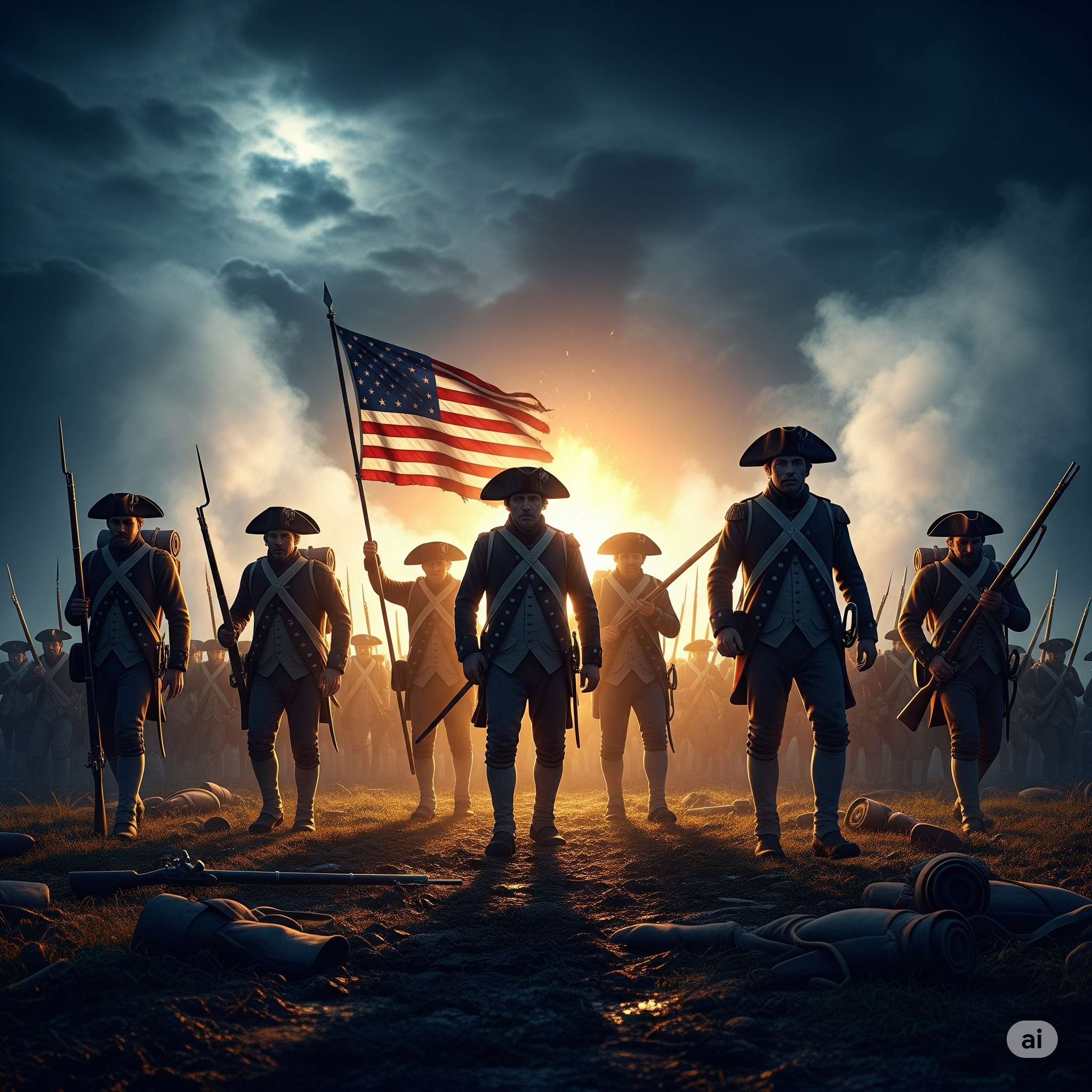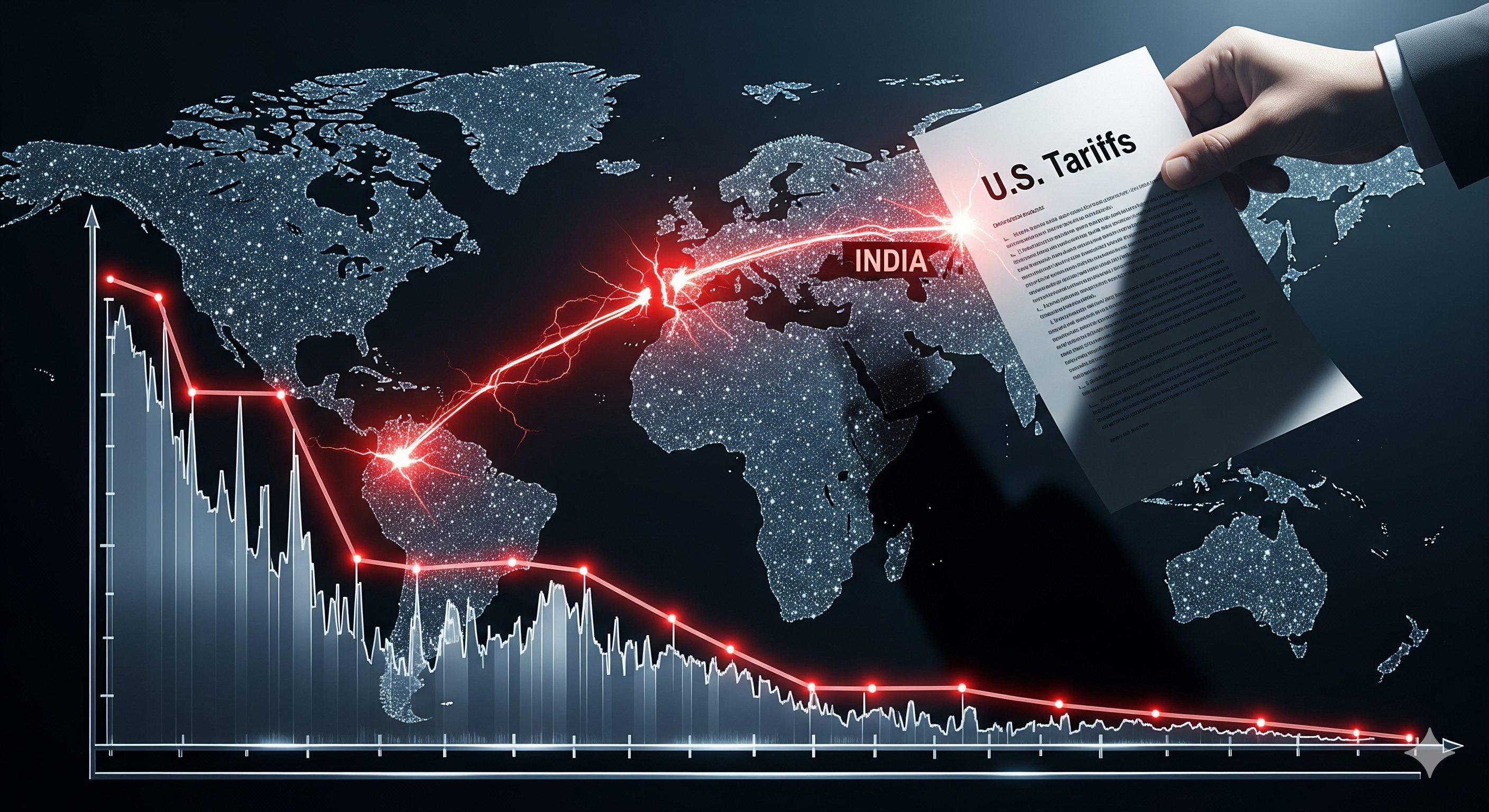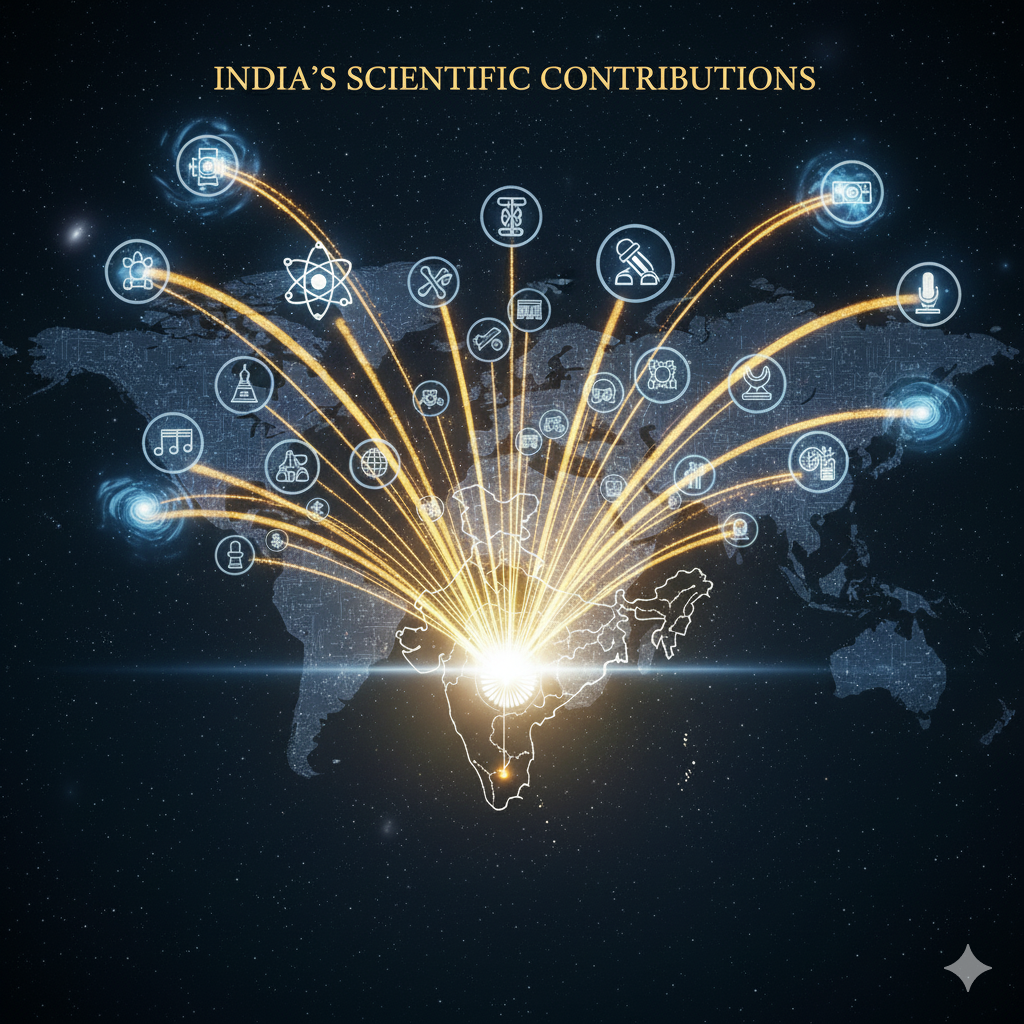Introduction
The American Revolution (1775–1783) remains one of the most transformative events in modern history. It was not just a colonial rebellion against a European empire but a movement that reshaped global political thought and inspired revolutions worldwide. Often described as the first successful struggle for independence by a colony against its mother country, it symbolized the triumph of liberty, republicanism, and the right to self-governance. The revolution was fueled by economic grievances, Enlightenment philosophies, and colonial determination. It produced visionary leaders who masterminded the rebellion, achieved independence for thirteen colonies, and set an example for oppressed peoples across the globe.
This essay explores the causes, masterminds behind the revolution, its immediate outcomes, and the far-reaching influence it had on subsequent revolutions in France, Haiti, Latin America, and beyond.
Causes of the American Revolution
The American Revolution did not emerge overnight; it was the result of decades of tension between Britain and its colonies. The causes can be grouped into political, economic, social, and ideological dimensions.
1. Economic Causes
- Taxation without representation: Britain imposed heavy taxes, such as the Sugar Act (1764), Stamp Act (1765), and Townshend Acts (1767), without giving colonists a voice in Parliament. This angered colonists who believed only their own assemblies had the right to levy taxes.
- Trade restrictions: The Navigation Acts forced colonies to trade exclusively with Britain, limiting economic freedom.
- Mercantilism: Britain’s policy ensured that colonies supplied raw materials but relied on Britain for finished goods, frustrating colonial merchants.
2. Political Causes
- Lack of representation: Colonists demanded “No taxation without representation,” insisting that political legitimacy required consent of the governed.
- Imperial overreach: Britain sought greater control after the Seven Years’ War (1756–1763), imposing direct authority on colonies, which previously enjoyed self-rule.
3. Social and Cultural Causes
- Colonists began to see themselves as “Americans” rather than British subjects.
- A growing middle class of farmers, merchants, and intellectuals valued independence and self-reliance.
4. Ideological Causes
- Enlightenment thinkers such as John Locke, Montesquieu, and Rousseau influenced colonial leaders.
Concepts of natural rights, liberty, and democracy shaped revolutionary thought.
Masters Behind the Revolution
The revolution was not spontaneous—it was carefully organized by visionary leaders who inspired, strategized, and mobilized the colonies.
1. George Washington
- A former military officer who became the Commander-in-Chief of the Continental Army.
- Known for his leadership in uniting the colonies, maintaining morale, and securing victories such as at Trenton and Yorktown.
2. Thomas Jefferson
- Principal author of the Declaration of Independence (1776).
- A strong believer in Enlightenment principles, Jefferson framed the revolution as a struggle for human rights and liberty.
3. Benjamin Franklin
- Diplomat and intellectual who secured French support, crucial for America’s victory.
- His wisdom and political skills made him one of the “architects” of the revolution.
4. John Adams
- Advocate for independence in the Continental Congress.
- Played a key role in drafting foundational documents and promoting the cause abroad.
5. Samuel Adams
- Organizer of grassroots movements, including the Boston Tea Party (1773).
- Instrumental in spreading revolutionary sentiment among ordinary colonists.
6. Other Important Figures
- Patrick Henry (“Give me liberty, or give me death!”),
- Thomas Paine (author of Common Sense, a pamphlet that rallied public opinion),
- Alexander Hamilton (future financial architect of the U.S.).
These leaders, along with countless soldiers and ordinary citizens, created a collective revolutionary force.
Major Events of the Revolution
- Boston Massacre (1770) – Sparked anti-British sentiments.
- Boston Tea Party (1773) – Symbolic protest against unfair taxation.
- First Continental Congress (1774) – United colonies in resistance.
- Battles of Lexington and Concord (1775) – First shots fired.
- Declaration of Independence (1776) – Official birth of the United States.
- Battle of Saratoga (1777) – Turning point; led to French alliance.
- Valley Forge (1777–78) – Symbol of perseverance.
- Battle of Yorktown (1781) – Decisive American victory with French aid.
- Treaty of Paris (1783) – Official recognition of American independence.
Results of the American Revolution
The revolution produced significant political, economic, and social outcomes that reshaped not only America but also global history.
1. Political Results
- Establishment of the United States of America as an independent nation.
- Creation of a republican system of government with checks and balances.
- The U.S. Constitution (1787) and Bill of Rights (1791) institutionalized democracy.
2. Economic Results
- End of British mercantilist restrictions.
- Opening of American trade with other nations.
- Growth of a capitalist economy based on free enterprise.
3. Social Results
- The ideals of liberty and equality spread, though not universally applied.
- Women, African Americans, and Native Americans continued to struggle for rights, but seeds of social change were planted.
4. Military and Diplomatic Results
- America emerged as a significant political force.
- France’s alliance with America altered the balance of power in Europe.
Impact on Other Revolutions Around the World
The American Revolution’s influence extended far beyond its borders. It inspired oppressed peoples and intellectuals worldwide to question monarchy and colonial rule.
1. Influence on the French Revolution (1789)
- French soldiers who fought in America carried revolutionary ideas back to France.
- The U.S. Declaration of Independence influenced the Declaration of the Rights of Man and of the Citizen (1789).
- However, the French Revolution became more radical and violent.
2. Influence on the Haitian Revolution (1791–1804)
- Inspired enslaved Africans in Saint-Domingue (Haiti) to revolt.
- Leaders like Toussaint Louverture drew inspiration from American ideals of liberty.
- Resulted in the first successful slave revolt and creation of an independent Black republic.
3. Influence on Latin American Revolutions
- Leaders like Simón Bolívar were inspired by U.S. independence.
- Spanish colonies in South America eventually broke free from colonial rule.
4. Influence on Europe
- Revolutionary ideas spread to Ireland, Poland, and Germany.
- Advocates for democracy and constitutional government cited the American example.
5. Influence on Asia and Africa
- Although slower to spread, American revolutionary thought later inspired anti-colonial movements in India, Africa, and the Philippines.
Long-Term Global Impact
- The revolution created a model of modern democracy.
- It demonstrated that colonial rule could be successfully resisted.
- It established ideals of liberty, equality, and self-rule that remain influential today.
- It gave rise to a new political culture, replacing monarchy with republicanism.
- The United States became a symbol of freedom for centuries to come.
Conclusion
The American Revolution was more than a war of independence; it was a revolution of ideas. Led by brilliant minds like George Washington, Thomas Jefferson, and Benjamin Franklin, it created the foundation of a new nation built on liberty and democracy. Its success reshaped the world by proving that ordinary people could overthrow empires and establish governments of their own choosing. The revolution’s ideals spread to France, Haiti, Latin America, and beyond, igniting a global wave of struggles for freedom.
In many ways, the American Revolution was the birth of the modern world, where self-determination and democracy became guiding principles. Its impact continues to echo across centuries, reminding us that the quest for freedom is universal and enduring.




